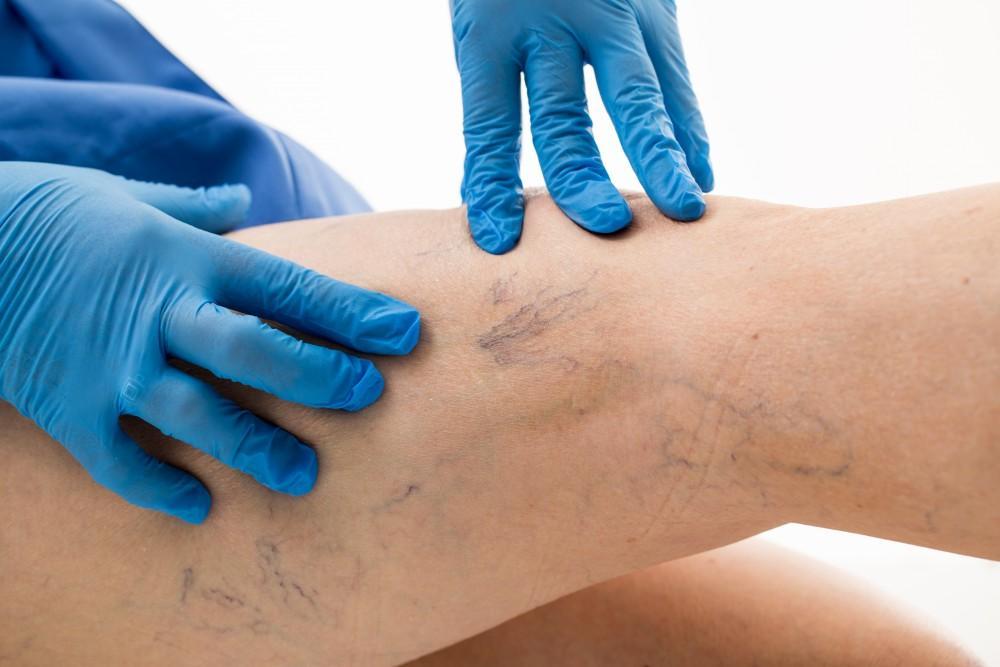
Deep Vein Thrombosis
What is Deep Vein Thrombosis?
Deep Vein Thrombosis (DVT, also called Venous Thrombosis) is a condition where a thrombus (blood clot) forms in a deep vein, usually in the legs.
This can be dangerous because the clot might break loose and travel to the lungs, causing a Pulmonary Embolism (PE), which can be life-threatening.
Most DVTs happen in the lower leg, thigh or pelvis, but they also can occur in other parts of your body including your arm, brain, intestines, liver or kidney.

Symptoms of DVT:
Pain or tenderness, often in the calf
Red or discolored skin over the clot area
Leg ulcers, known as venous stasis ulcers
Warmth over the affected vein
Swelling in one leg (or arm)
In severe cases, difficulty breathing (a sign of PE)
Causes & Risk Factors of DVT
DVT can happen due to several factors, often linked to poor blood circulation or clotting disorders. The main causes include:
Prolonged Immobility
Sitting or lying down for long periods (e.g., long flights, bed rest, hospital stays).
Surgery & Injury
Major surgeries (especially orthopedic surgeries) and trauma can increase clot formation.
Blood Disorders
Conditions like thrombophilia, where the blood clots too easily.
Cancer & Chemotherapy
Cancer itself and treatments can increase clot risks.
Pregnancy & Postpartum
Increased pressure on veins and hormonal changes can lead to clotting.
Hormonal Medications
Birth control pills and hormone replacement therapy can raise the risk.
Obesity
Extra weight puts pressure on veins, slowing blood flow.
Family History
Having a relative with DVT increases your risk.
Smoking
Damages blood vessels, increasing clot risk.



